An ideal application for mesh networking is off-grid communication; when there’s no cellular reception and WiFi won’t reach, wide-area technologies like LoRa can be used to create ad hoc wireless networks. Whether you’re enjoying the outdoors with friends or conducting a rescue operation, a cheap and small gadget that will allow you to create such a network and communicate over it would be a very welcome addition to your pack.
That’s exactly the goal of the Meshtastic project, which aims to take off-the-shelf ESP32 LoRa development boards and turn them into affordable mesh network communicators. All you need to do is buy one of the supported boards, install the firmware, and starting meshing. An Android application that will allow you to use the mesh network to send basic text messages is now available as an alpha release, and eventually you’ll be able to run Signal over the LoRa link.
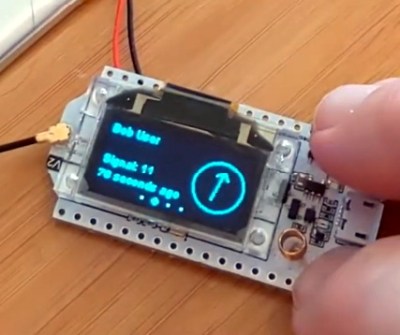
Developer [Kevin Hester] tells us that these are still the very early days, and there’s plenty of work yet to be done. In fact, he’s actively looking to bring a few like-minded individuals onto the project. So if you have experience with the ESP32 or mobile application development, and conducting private communications over long-range wireless networks sounds like your kind of party, this might be your lucky day.
From a user’s perspective, this project is extremely approachable. You don’t need to put any custom hardware together, outside of perhaps 3D printing a case for your particular board. The first time around you’ll need to flash the firmware with esptool.py, but after that, [Kevin] says future updates can be handled by the smartphone application.
Incidentally, the primary difference between the two boards is that the larger and more expensive one includes GPS. The mesh networking side of things will work with either board, but if everyone in your group has the GPS-equipped version, each user will be able to see the position of everyone else in the network.
This isn’t the first time we’ve seen LoRa used to establish off-grid communications, and it surely won’t be the last. The technology is perfect for getting devices talking where there isn’t any existing infrastructure, and we’re excited to see more examples of how it can be used in this capacity.

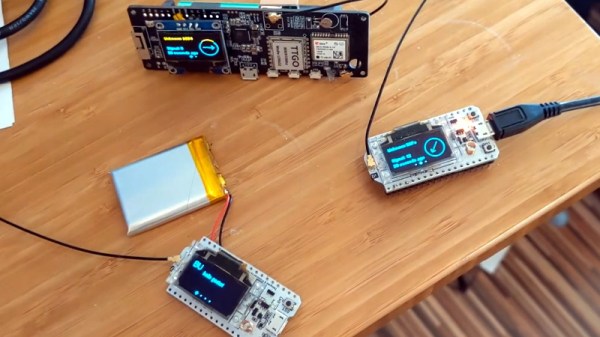
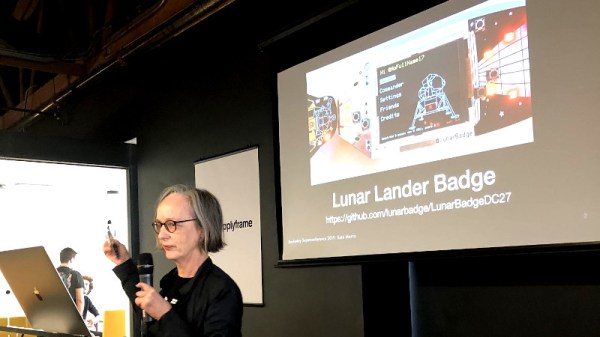

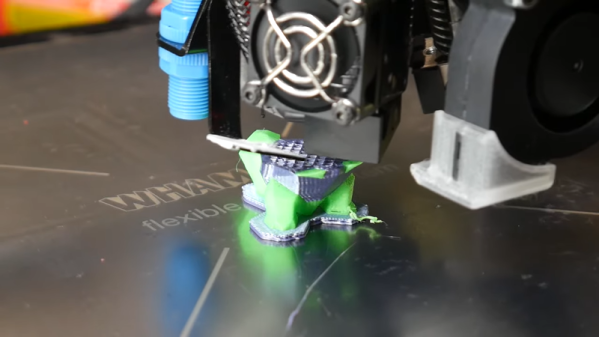



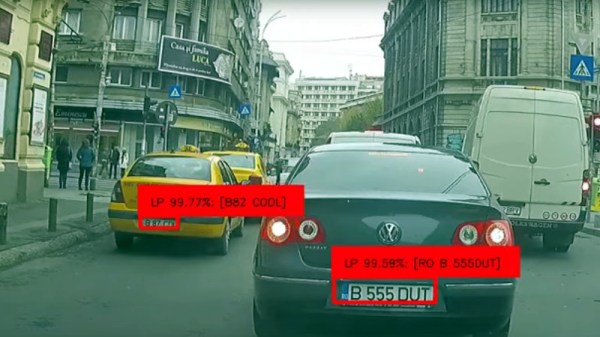

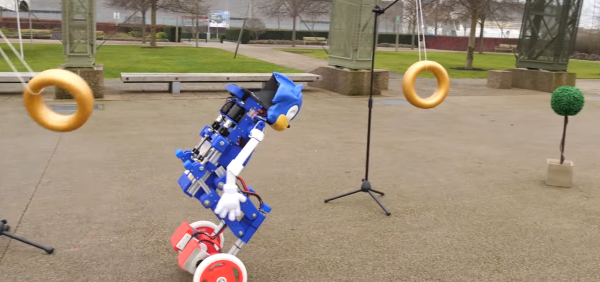
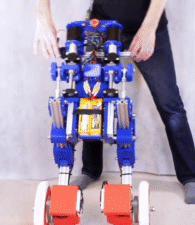 We covered the
We covered the 








